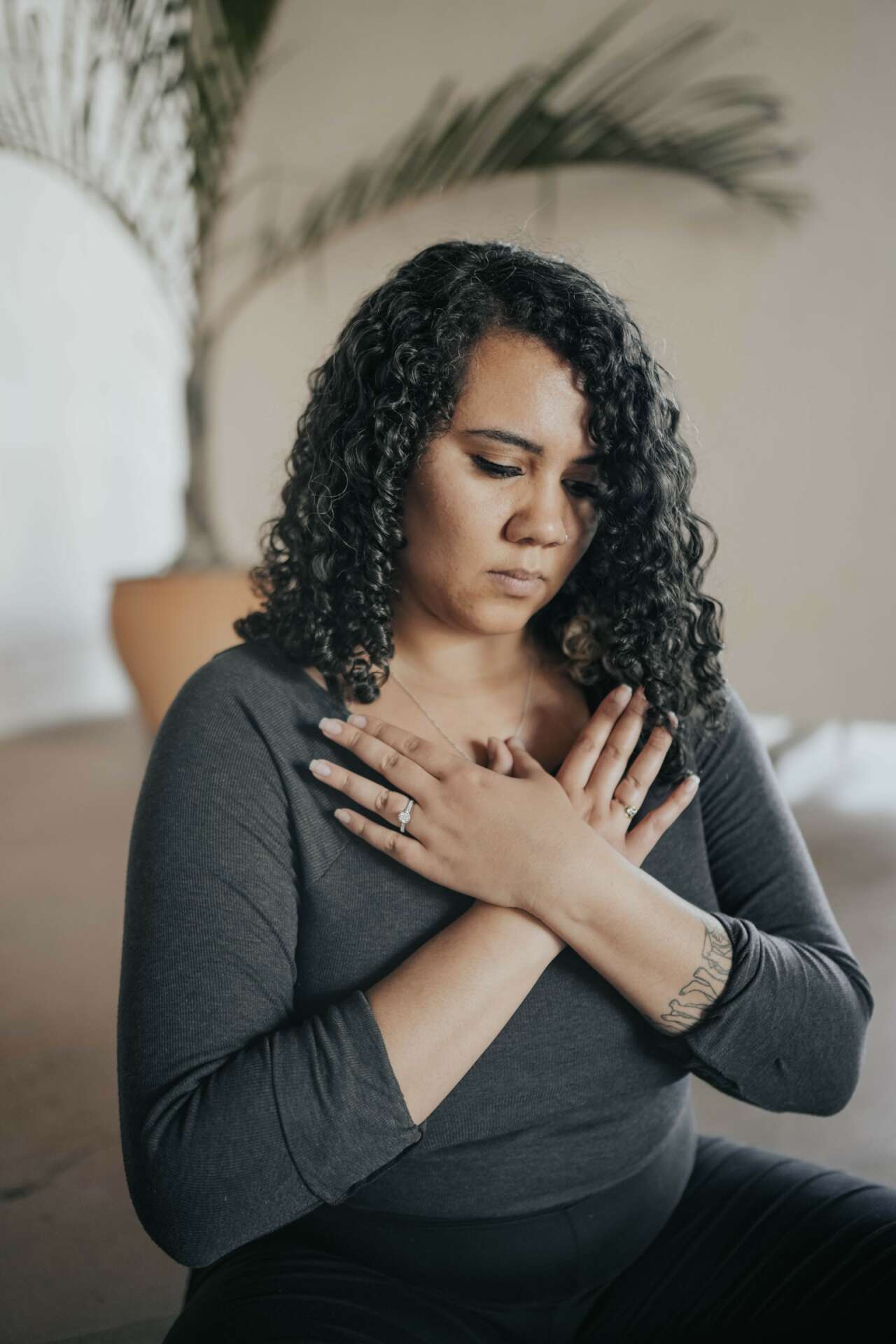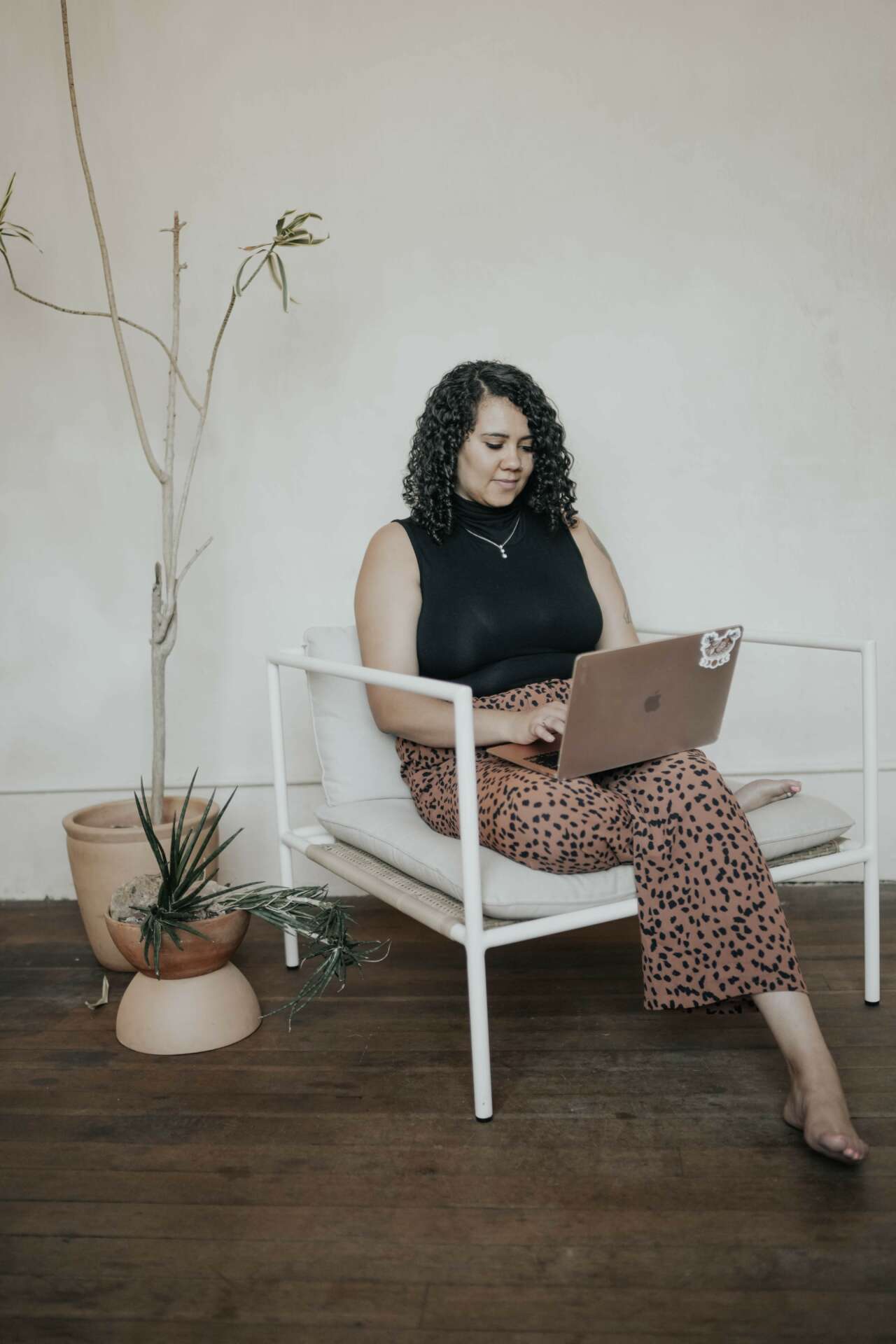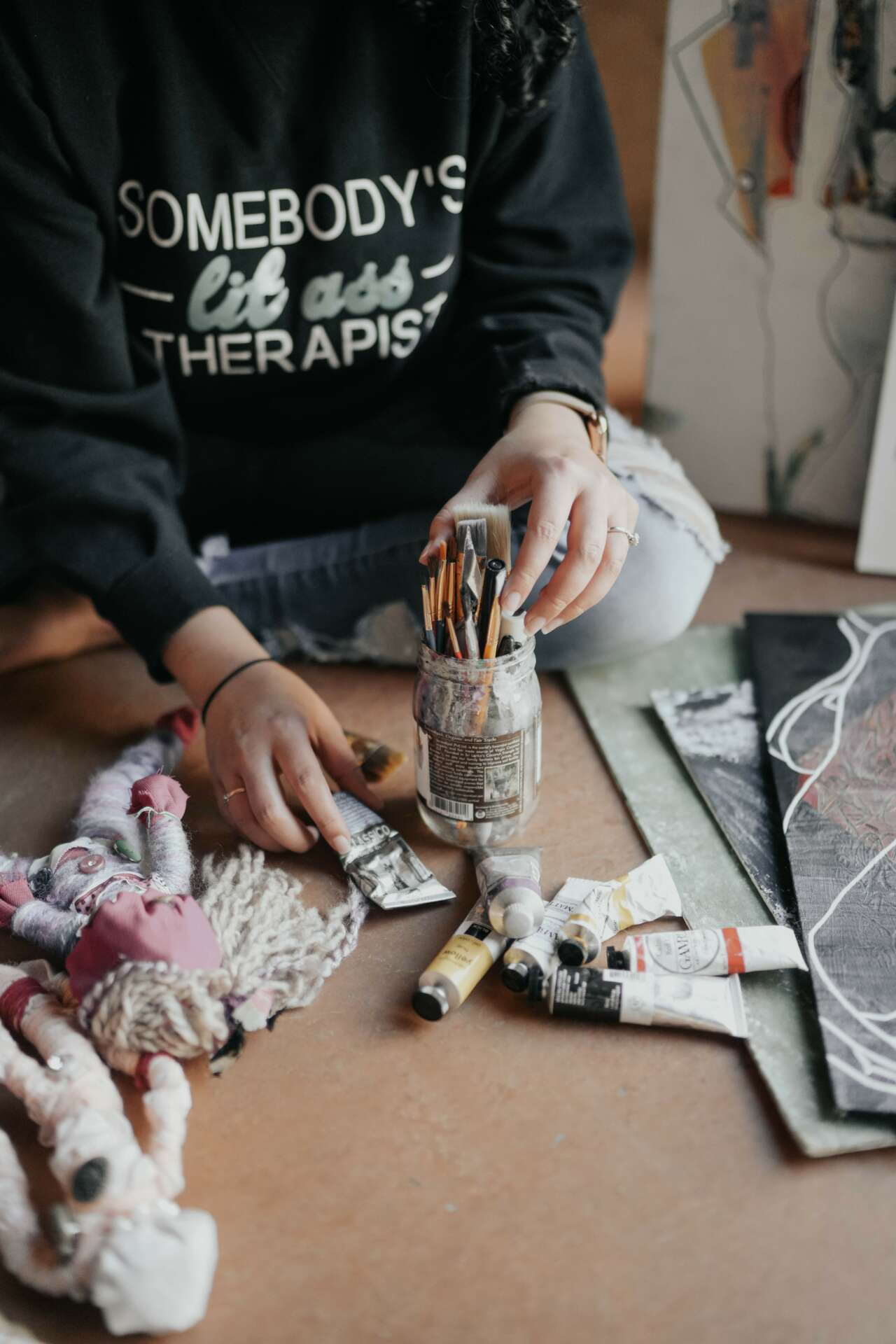We recently connected with Cassie Sawyer and have shared our conversation below.
Cassie, thanks for taking the time to share your stories with us today What’s one of the most important lessons you learned in school?
The most impactful lesson that I learned in school was that I really needed to trust myself and question everything. Therapy school is so Western and colonial, and I knew that I wanted to serve my community. The stuff we learn in school was not made for the folks that I knew I was going to be serving. The best thing I did for myself in hindsight was to use my time to tailor all of my learning to the population that I knew I was passionate about serving. Any time I had a paper to write, or a research project to do, or a presentation to give; I always focused on the topic that I was interested- racial trauma and grief.
Years later- I am providing racial trauma services in the Twin Cities, and I don’t get stuck on the way that I was taught and told that therapy was “supposed” to look like.


Awesome – so before we get into the rest of our questions, can you briefly introduce yourself to our readers.
I am an Art Therapist in the Twin Cities, and I aim to bring a holistic approach to the work that I do with our community members. In 10th grade I realized that I wanted to be an art therapist. I have always been an artist, and also was gaining an interest in the brain, and psychology. I ended up going to college at the University of Minnesota. They do not have an undergraduate Art Therapy program, but they did offer the option to do something called a Bachelors of Individualized Study. I chose that option, and built a degree with psychology, studio art, and holistic health and healing (in the Center of Spirituality and Healing) at its core. Soon after completing that degree, I went to Adler Graduate School (the only Art Therapy program in the state of Minnesota). While in school, I also (ambitiously lol) completed my 200hour yoga teacher training program in Somatic Yoga. I used all of this knowledge to help me write my thesis on Racial Trauma, Art Therapy, and Pranayama (yoga breath work). I started Root to Crown on the day that I walked for graduation. I knew that I wanted to do things my way, and approach healing in a way that was very different from what I was taught in school or at other jobs that I had worked at. Art Therapy is already an approach in the field that is looked down upon because there is less research in the field due to the intricacies and difficulties in studying the healing power of art and creativity, but I knew that it was worth it to trust what I inherently knew was powerful.
Building a business guided by my values, and also centering justice and anti-colonial practices has been my main goal. I hope that current clients, and future potential clients are drawn to that. A lot of folks in the community know about Root to Crown because I developed a therapy fund (The Abundance Therapy Fund) in 2020, that helps marginalized folks access my services on a reduced rate basis. This fund has helped to supplement over 600 therapy sessions, and I feel really grateful that I’ve been able to build a business that allows something like that to be possible.
https://roottocrownhealing.com/abundance-therapy-fund.html#/


Where do you think you get most of your clients from?
The absolute best source of new clients for me is word of mouth and networking. Its really interesting because as a therapist, my friends and family members can’t be my clients! For a lot of businesses, their loved ones can be a main source of support from the start of their business as they scale, but due to ethics, I can’t work with them. Most often, I don’t want to / can’t work with their friends of family either (imagine going to your friends house for a party that you’ve been looking forward to- and then seeing your client. Dual relationships in the therapy world are typically a no-no, so I want to avoid them.)
I network with a lot of other therapists, body workers, and healers in the community. I also work holistically, and provide a lot of referrals to them as well. It just feels natural. We are not split up into a brain, and a body. Often times it is beneficial for my therapy clients to also go see a massage therapist to help with their body tension from elevated stress, and to work with an acupuncturist for other symptoms that they may be experiencing. I refer to massage therapists, acupuncturists, holistic chiropractors, reiki practitioners, trauma-informed yoga studios, HAES (Health at Every Size) nutritionists- all of it.
When my clients see someone and give me good feedback about their experience, I make note of that and add them to my referral list. I imagine it goes the same, and so I naturally get referrals from other folks in the community. I love this because it typically feels like such a good fit. I take the time to grab tea or lunch with other healers in the community that I think I would vibe with, and add them to my list if I feel like they would be good fits for my clients. It all feels really natural- thats my favorite way to network.
Have any books or other resources had a big impact on you?
The number one resource that influenced the way that I practiced and built my business is The Green Bottle Method by Alexis J Cunningfolk of Worts & Cunning. It is a sliding scale method that centers economic justice. After George Floyd was murdered in Minneapolis, I was flooded with requests for racial trauma healing (no surprise there). This resource, along with my Abundance Therapy Fund, allowed me to provide the same top-notch services, in a just and equitable way. I always say that lack of financial privilege should never be a barrier to accessing high quality care. i love this resource, and I love when other businesses use this model too.
http://www.wortsandcunning.com/blog/sliding-scale
Contact Info:
- Website: https://roottocrownhealing.com
- Instagram: https://www.instagram.com/roottocrownhealing/
- Other: https://donorbox.org/roottocrownhealing-1
Image Credits
photos by Brenna Lightfoot; BLK Designs


